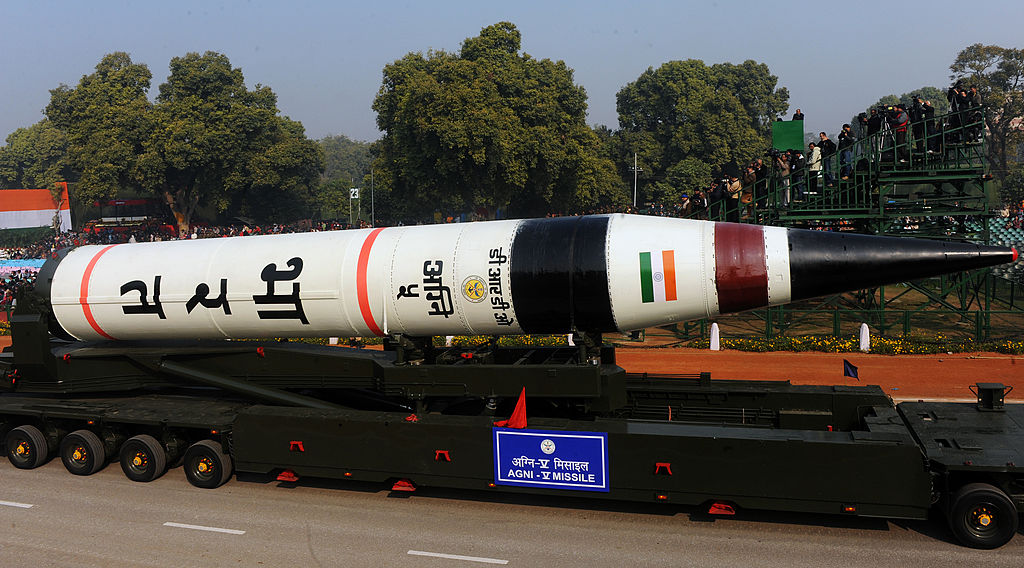- Sunday, April 20, 2025
The new weapon system is equipped with Multiple Independently Targetable Re-entry Vehicle (MIRV) technology, something only a few nations currently posses.

By: Shubham Ghosh
INDIAN prime minister Narendra Modi on Monday (11) congratulated scientists of the Defence Research and Development Organisation (DRDO), which works on military research and development, for successfully conducting the maiden flight of Agni-5, an indigenously developed missile, also called Mission Divyastra.
It has been built by the DRDO for over a decade.
The new weapon system is equipped with Multiple Independently Targetable Re-entry Vehicle (MIRV) technology, which means that a single missile can deploy a number of warheads at different locations. The ability is currently possessed by only a handful of nations and by gaining this technological advancement, India has joined a select group of nations, its government said.
“Proud of our DRDO scientists for Mission Divyastra, the first flight test of indigenously developed Agni-5 missile with Multiple Independently Targetable Re-entry Vehicle (MIRV) technology,” Modi said in a post on X.
Proud of our DRDO scientists for Mission Divyastra, the first flight test of indigenously developed Agni-5 missile with Multiple Independently Targetable Re-entry Vehicle (MIRV) technology.
— Narendra Modi (@narendramodi) March 11, 2024
Government sources further said that Agni-5, an intercontinental ballistic missile with a range between 5,500-5,800 kilometres, will mark a key enhancement in the South Asian nation’s strategic defence arsenal.
It is also significant as it aims to boost New Delhi’s nuclear deterrence, particularly vis-a-vis China.
Before the advent of Agni-5, India’s longest-range missile was Agni-3, with a capacity of ranging up to 3,500 kilometres. The enhancement means India will now be able to cover the extreme eastern and northeastern regions of potential adversaries.